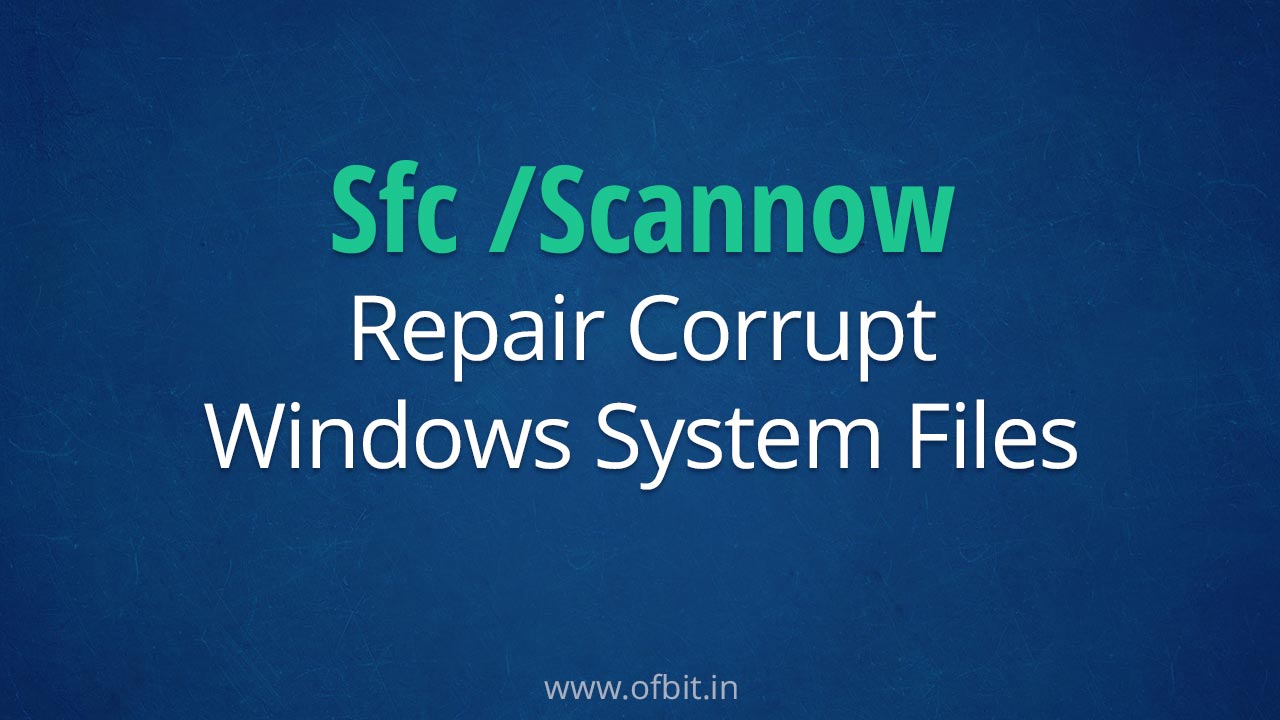In this article, we will learn How to Install Python on Windows 11. Python is a popular and versatile programming language known for its simplicity and readability. If you’re a Windows user looking to get started with Python, this article will guide you through the step-by-step process of installing Python on your Windows operating system. Install Python on Windows 11 Install Python on Windows 11 by following the below simple steps: Step 1: Download Python Installer. Download the Python installer from the Official website at https://www.python.org/downloads/. Click on the Download…
Read MoreWhat is Semi-Structured Data?
In the vast realm of data, where information is continuously generated and consumed, not all data fits neatly into structured formats. Enter semi-structured data, a unique and flexible form of data that defies rigid organizational rules. In this article, we will explore the concept of semi-structured data. Examining Semi-Structured Data definition, characteristics, and significance in the modern data landscape. What is Semi-Structured Data? Semi-structured data refers to information that does not adhere strictly to traditional tabular structures like structured data but still possesses a certain level of organization. It exhibits…
Read MoreWhat is Structured Data?
In the vast digital landscape, where information is continuously generated and consumed, the ability to effectively organize and analyze data has become paramount. Structured data is one of the critical pillars in this endeavour. In this article, we will learn the concept of structured data, exploring its definition, characteristics, and the immense value it brings to various fields. Machines can easily process structured data, which refers to organized and formatted information that is readily identifiable. It is typically represented in a tabular form, with rows and columns, where each column…
Read MoreDifference between Structured, Semi-Structured and Unstructured Data
Understanding the differences between structured, semi-structured, unstructured, and streaming data is essential for effectively managing and analyzing data. Structured data provides a well-defined and organized format, enabling easy querying and analysis. Semi-structured data offers flexibility in accommodating evolving structures while retaining some level of organization. Advanced techniques can unlock valuable insights from unstructured data, despite the challenges it presents. Streaming data demands real-time processing and analysis to extract immediate insights from rapidly flowing data streams.
Read MoreWhat is Data Science?
What is Data Science? Well, in today’s data-driven world, information is abundant. But how do we transform this vast sea of data into actionable insights and valuable knowledge? The answer lies in the realm of Data Science. In this article, we will delve into the fundamental essence of data science, exploring its core principles, methodologies, and real-world applications. What is Data Science? Data science is an interdisciplinary field that combines statistical analysis, machine learning, programming, and domain expertise to extract meaningful information and insights from structured and unstructured data. It…
Read MoreInstall R and RStudio – Step-by-Step Beginners Guide
In this article, we will learn, How to install R and RStudio on a Windows Operating System. The R programming language installation process is straightforward and can be completed by following simple steps. What is R R is a programming language and environment for statistical computing and graphics. It was initially developed by Ross Ihaka and Robert Gentleman at the University of Auckland, New Zealand in 1993. R is free and open-source software, which means that it can be used, modified, and distributed by anyone without any cost. It is…
Read MoreBasic Linux Commands
In this article, we will learn Basic Linux Commands for beginners. Linux is an open-source operating system that has gained a lot of popularity over the years. One of the most powerful tools in Linux is the command line interface. If you are a Linux user, it is essential to understand basic Linux commands to interact with the operating system efficiently. In this article, we will focus on the basic Linux commands that every user should know. Basic Linux commands are a set of tools and utilities that allow users…
Read MoreLinux Directory Structure
In this tutorial, we will learn about the Linux Directory Structure. The Linux filesystem is a hierarchical filesystem. In Linux Directory Structure, files and directories are organized into a single rooted inverted-tree structure, including different physical storage, i.e. USB Drive, CD/DVD Drives etc.
Read MoreHow to Use the Ping Command in Windows to Test the Network Connectivity
The Ping Command, is one of the most commonly used Command Line Commands by any Network Administrator to test the Network Connectivity. In this tutorial, we will learn How to use the Ping Command in Windows to Test the Network Connectivity. The Ping Command is used to check the Network Connectivity between any two Network Nodes or Devices. Ping Command supports multiple platforms to test the network connectivity, i.e. Network Systems, Routers, Switches etc. You can use Ping Command to Ping Computers on Network, Ping Network Printers, Ping Servers, etc.…
Read MoreSFC Scannow Command to Repair Corrupt System Files in Windows
In this article we will learn how to use the Sfc Scannow command, a Windows System File Checker utility to scan Windows and restore your files if your Windows functions aren’t working or Windows crashes.
SFC.exe, the System File Checker command-line tool built into Windows 11, scans your Windows for and repairs missing, or corrupted Windows system files, including Windows DLL files. System File checker is a part of Windows Resource Protection, which protects registry keys, folders, and critical system files.


